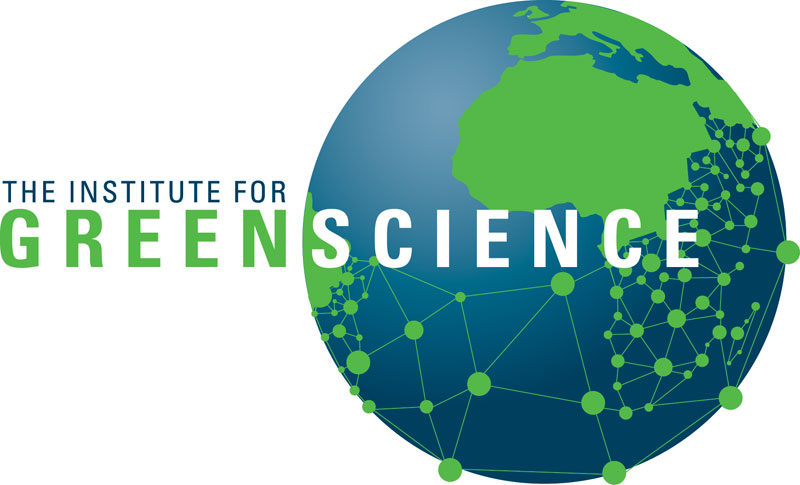The Research Program
The Core Catalyst Design Activity
The IGS background core research activity is the operation of the Collins cyclic design protocol for making ever more effective, small molecule oxidation catalysts for activating natural oxidants like hydrogen peroxide in an advanced form of biomimicry.

This work gave rise to TAML Activators in 1995 which are small molecule mimics or peroxidase enzymes that functionally mimic and outperform the enzymes. Over the years we have produced over 30 TAML activators always looking to improve the technical performance by following the cyclic protocol. All TAMLs share a core structural motif—four carbonamido-N ligands linked in a macrocycle.
NewTAML Catalysts
We have cycled around the design protocol for several decades.
Recently, we developed a new class of patent-pending oxidation catalysts, called NewTAMLs, that substantially beat in technical performances our older catalysts, called TAMLs. The best NewTAML outperforms the best TAML by a factor of 10 (and the prototype TAML by a factor of 100).
We are sure with further iterative development that this advantage will increase.
We are working on a broad suite of water purification projects using NewTAML catalysts.
Sustainable Ultra-dilute Oxidation Catalysis (SUDOC)
TAMLs and especially NewTAMLs enable a new field called Sustainable Ultra-dilute Oxidation Catalysis (SUDOC) where the catalyst, the oxidizing agent (typically hydrogen peroxide) and the targets we wish to destroy with the NewTAML/peroxide “fire-in-water” are all present in trace to small quantities.
